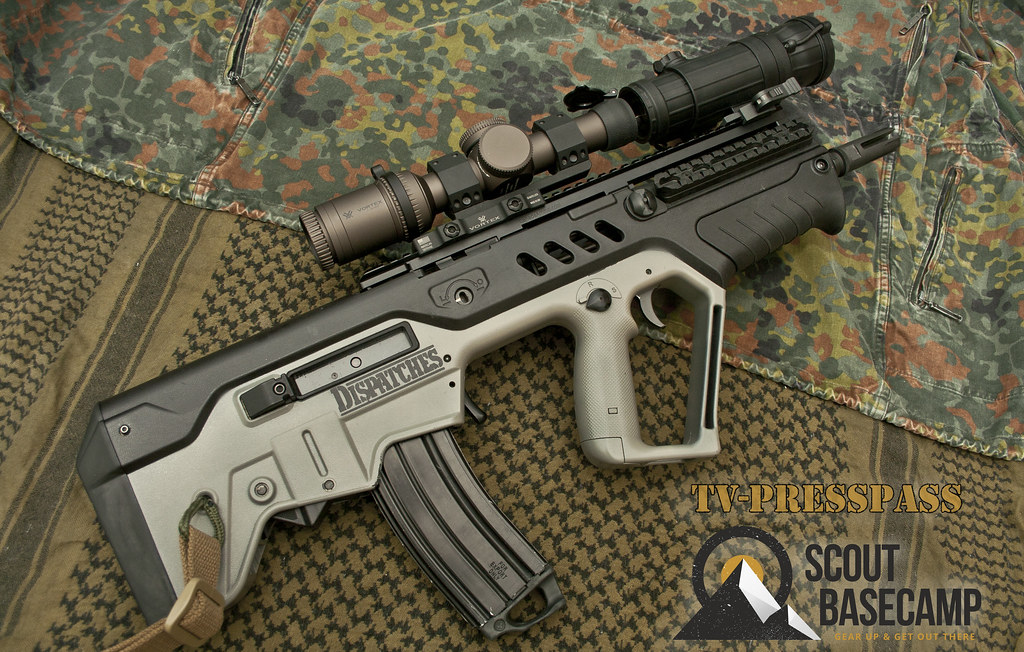Has anyone seen this idea or tried it or have enough advanced knowledge to know whether it will work or not? I love my ls64, and would like to use it as a thermal aiming device, but don't know if its possible. What say you?
Copied and pasted from : How to Use FLIR Thermal Night Vision While Hunting:
Rifle mounted flir scope:
The FLIR unit: a PS32 would work fine, but to get closer to the military cores I’d be looking to use an LS64. With a 604×512 pixel detector, 30hz output, and 1-4x magnification, its a far more functional unit.
The Mounts: Because FLIR units have a tripod thread on the base; a mount transitioning to a picatinny rail attachment would be necessary. Something like the Ashbury Precision CLRF-LRTI has the elevation and windage adjustments to subtly shift the FLIR unit’s output. Which could feasibly mean zeroing with the laser as well. In addition you would likely need a small rail riser for our final component . . .
The Sight: A FLIR unit can’t look through or into a scope, but a scope can look into a FLIR unit. Something like a Trijicon 1.5×16 scope, or perhaps a 3×30 sized optic would be small enough to fit comfortably behind the FLIR unit and transmit both a reticle and thermal image to the user. The key issue here is going to be focus, to make sure your eye can focus on the scope’s reticle and the thermal imager’s screen at the same time. All the FLIR unit’s do have a diopter adjustment, it’s just a matter of lining everything up.
Copied and pasted from : How to Use FLIR Thermal Night Vision While Hunting:
Rifle mounted flir scope:
The FLIR unit: a PS32 would work fine, but to get closer to the military cores I’d be looking to use an LS64. With a 604×512 pixel detector, 30hz output, and 1-4x magnification, its a far more functional unit.
The Mounts: Because FLIR units have a tripod thread on the base; a mount transitioning to a picatinny rail attachment would be necessary. Something like the Ashbury Precision CLRF-LRTI has the elevation and windage adjustments to subtly shift the FLIR unit’s output. Which could feasibly mean zeroing with the laser as well. In addition you would likely need a small rail riser for our final component . . .
The Sight: A FLIR unit can’t look through or into a scope, but a scope can look into a FLIR unit. Something like a Trijicon 1.5×16 scope, or perhaps a 3×30 sized optic would be small enough to fit comfortably behind the FLIR unit and transmit both a reticle and thermal image to the user. The key issue here is going to be focus, to make sure your eye can focus on the scope’s reticle and the thermal imager’s screen at the same time. All the FLIR unit’s do have a diopter adjustment, it’s just a matter of lining everything up.









